Melbourne University students spent their weekend triaging and treating teddies to educate children about healthy living.
Around 600 student doctors, nurses, dentists, physiotherapists and optometrists volunteered their time and expertise to the Teddy Bear Hospital to help raise funds for the Good Friday Appeal.
The program provides children with an opportunity to interact in mock hospital scenarios. By bringing their teddies in for treatment, kids take on the role of their parents caring for teddy through four stations within Chadstone Shopping Centre. Other events throughout the year follow the same creative routine.
Station one: Triage
Children describe the teddy’s condition to the doctors with most patients presenting with sore tummies or broken legs. Teddy has measurements and weights recorded in their book and is then transported to station two via ambulance or the Royal Flying Doctor Service for a consultation.
Station two: Teddy consult
Each child and teddy receives a one-on-one consult. This gives doctors the opportunity to talk about the importance of being healthy.
“’Eat lots of fruit and veg, do lots of exercise’, and we do this through the teddy not the child,” said medical student Megan Dynan.
Involving children in the process is a great way of “elevating their fear of the medical consultation process because the doctor gets their real stethoscope out and lets the child have a go or a feel of the stethoscope,” Dynan said.
Teddies are given a referral then move on to station three.
Station three: Specialist
Here children can interact with mock x-ray and CT machines, physiotherapists doing teddy massage, taping and strapping, optometrists perform eye checks and give the teddy drops and nurses talk about immunisations and hand hygiene.
Each station aims to change the way kids feel about medical treatments by incorporating fun activities with important health promotion.
“A lot of the time when you have little kids that haven’t developed any fears yet they pick up what their parents are feeling,” said teddy dentist Shreyes Suryanayaran.
“We have three little teddy dental chairs so they get to be the dentist this time, we put a gown on them and they have some little toy mirrors and equipment,” Suryanayaran said.
Station four: Surgery and ICU
Kids put the teddies to sleep, monitor their breathing and play with the mock organs inside the teddy’s tummy. The teddies in ICU are given illnesses like asthma and anaphylaxis as they are commonly found in children. Using playground plausible scenarios, children are taught the importance of being proactive about their health and preexisting medical conditions.
“It allows them the opportunity to see what it is like in a non-threatening environment,” said mother of two, Kylie Mones.
The Teddy Bear Hospital tries to include a range of medical disciplines as it teaches students how to interact with children and each other, a skill Dynan said she will take forward into her career.
The passionate committee consists of 44 volunteers who work tirelessly throughout the year to organise events across Victoria.
With the support of RCH and Good Friday Appeal, the Teddy Bear Hospital’s biggest event is the Good Friday Appeal. In 2015 the event consulted around 4,000 children and their teddies, raising $17,000.
The hospital visits schools, the Royal Children’s Hospital and rural areas of Victoria. The next Teddy Bear Hospital is Thursday, August 6, at Yarrawonga P-12 College.

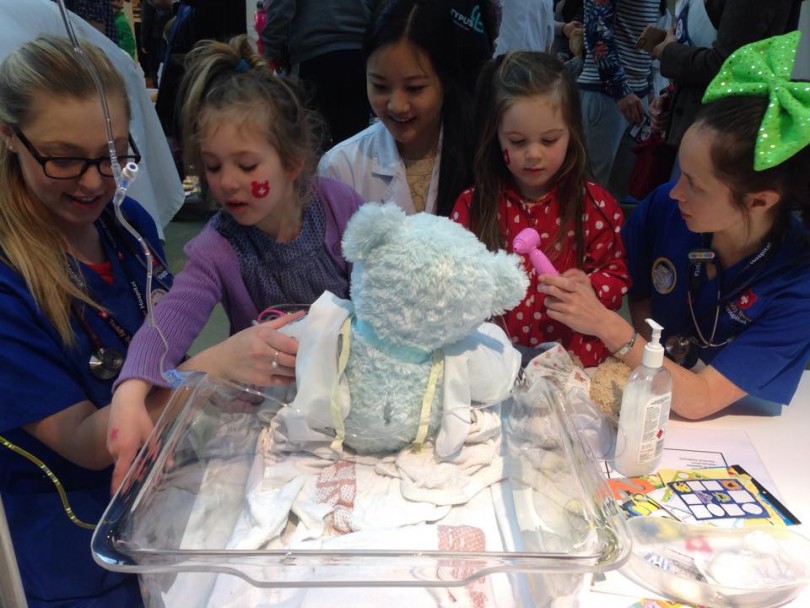

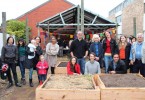
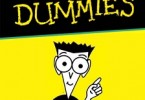
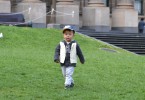
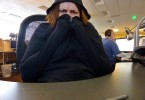


How adorable reading this article
[…] Originally posted on August 5, 2015 via City Journal […]